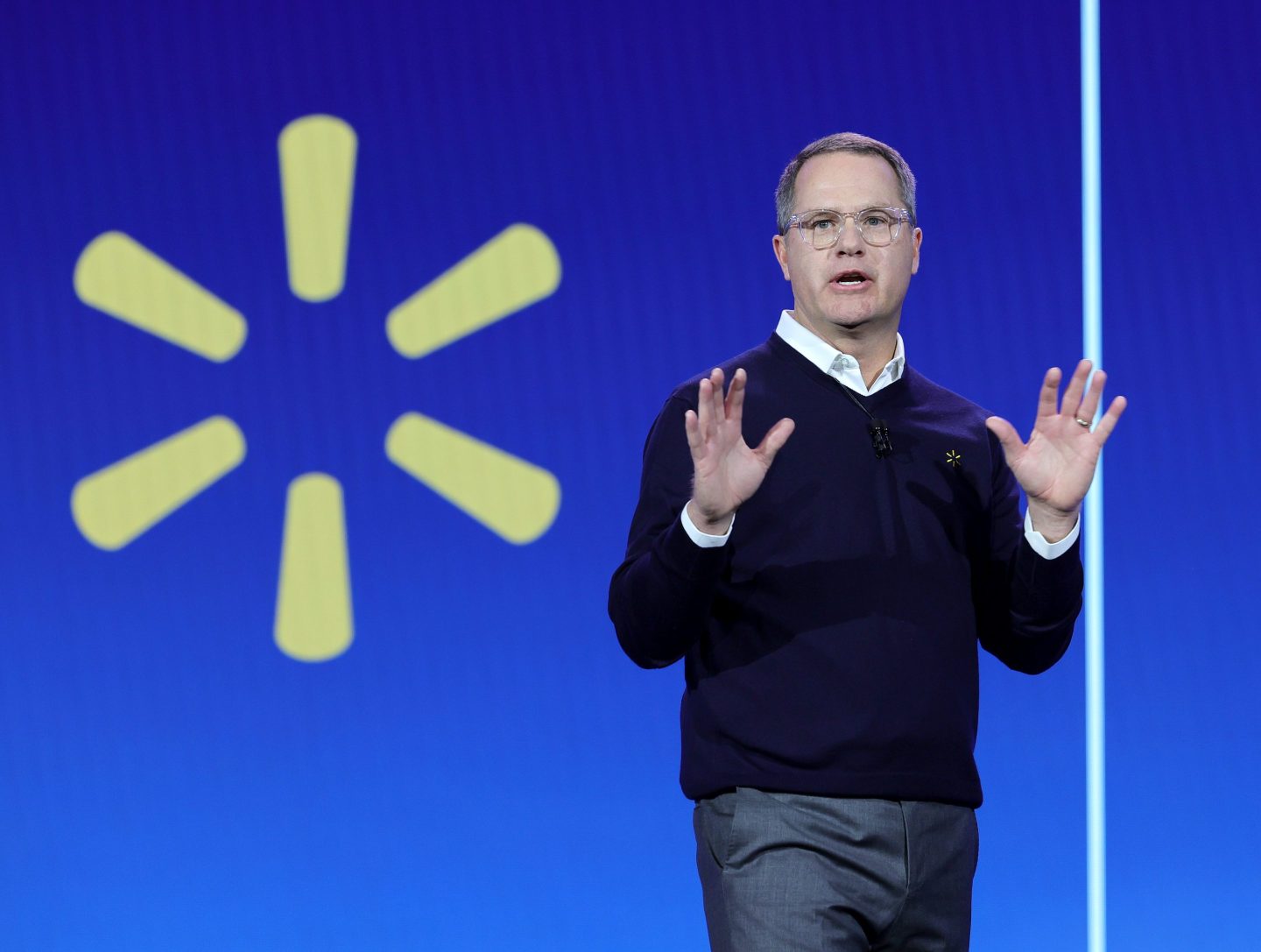CEOs aren’t shying away from what labor market experts have been saying for months: AI is transforming the workforce.
From bankers to consulting firms, business leaders are restructuring rapidly as AI adoption becomes mission critical. CEOs of global companies expect AI investments to more than double in two years, and 61% are actively adopting AI agents at scale, according to a May IBM study.
“It’s very clear that AI is going to change literally every job,” Walmart CEO Doug McMillon said this week during a workforce conference with other business execs, The Wall Street Journal reported Friday.
And AI has already changed the global retailer, which has developed chat bots to help customers, suppliers, and merchants. The company has also created new roles like an “agent developer,” whose job description is to build AI tools to help automate workflow throughout the company.
Yet as AI automates some tasks for Walmart workers, that won’t translate to mass layoffs.
“Our goal is to create the opportunity for everybody to make it to the other side,” McMillon said. Some jobs and tasks at Walmart will be eliminated, but others will be added, he added.
Walmart plans to maintain a head count of around 2.1 million workers across the world over the next three years, though the mix of these jobs are expected to change, Walmart’s chief people officer Donna Morris said, according to The Journal.
To help determine how to train and prepare workers, the company is tracking job types to see which increase, decrease and hold steady.
The headcount retention is a stark distinction from other corporate messaging recently.
Accenture CEO Julie Sweet said Thursday that rapid AI adoption drove layoffs this year and warned that more exits are possible where reskilling employees is not viable.
Earlier this month, Salesforce CEO Marc Benioff said the company cut 4,000 customer support jobs this year due to efficiency gains directly linked to AI technology.
And in May, Anthropic CEO Dario Amodei said AI could wipe out roughly half of all entry-level white-collar jobs. The cuts could come within five years and cause unemployment to spike as high as 20%, he added.
But OpenAI CEO Sam Altman said last month he’s envious of young people because in 10 years’ time, college graduates will be working “some completely new, exciting, super well-paid” job in space, and current early-career work will look “boring” by comparison.
It’s unclear how AI will change Walmart’s labor force in three years. Chief people officer Morris said company leaders have to do their “homework” to find those answers.
But according to Walmart’s CEO, the company will continue relying on face-to-face interaction even as it leans more on AI.
In January, tech company Symbotic announced Walmart would pay it $520 million to build out an AI-enabled robotics platform to improve shopping convenience via accelerated online pickup and delivery at stores.
Other vendors have also offered robot workers to the company. Yet “until we’re serving humanoid robots and they have the ability to spend money, we’re serving people,” McMillon said. “We are going to put people in front of people.”












